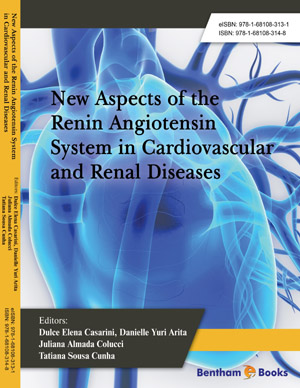Abstract
Complex phenotypes are those depending on a complex interaction between the genotype and environmental factors. Genetic studies on different human populations have shown a great variability in the genetic background due to the presence of genetic polymorphisms. The renin-angiotensin system (RAS) is closely involved in regulation of several physiological processes, such as body fluids homeostasis and blood pressure. Angiotensin-converting enzyme (ACE) plays a central role in the RAS functioning because this enzyme activates angiotensin II (Ang II) generation (vasoconstrictor) and inactivates bradykinin (vasodilator) simultaneously. ACE activity in plasma is variable in different families, and this variability is related with the genomic structure of the ACE gene dependent of a 287 base-pairs Insertion (presence) or Deletion (absence) in the DNA sequence. Variation in the number of copies of a single gene has been interpreted as representing different “dosage” of a specific gene product. Presence of D allele in ACE gene, mainly when in the DD polymorphism, has been associated with a higher generation of Ang II either in the systemic and in the local RAS leading to higher blood pressure levels and incidence of hypertension. These associations, however, have not been found in Caucasians, but are stronger in populations with Asiatic genetic background (where presence of the D allele is less frequent), such as the Amerindian populations. Individuals with DD polymorphism also have higher predisposition to development of accelerated atherosclerosis as compared with those presenting the DI and II ACE genes. However, these findings are not found in all studies because associations are generally weak and complex phenotypes, such as blood pressure levels and atherosclerosis development, depend on many genetic and environmental factors. Therefore, genetic polymorphisms may contribute to different phenotypes. Since the relationships between genes and the gene-environmental interactions are nonlinear, their practical use in medicine should be done with caution. However, they can give important insights in relation to different prevalence of diseases in populations with different genetic background.






















